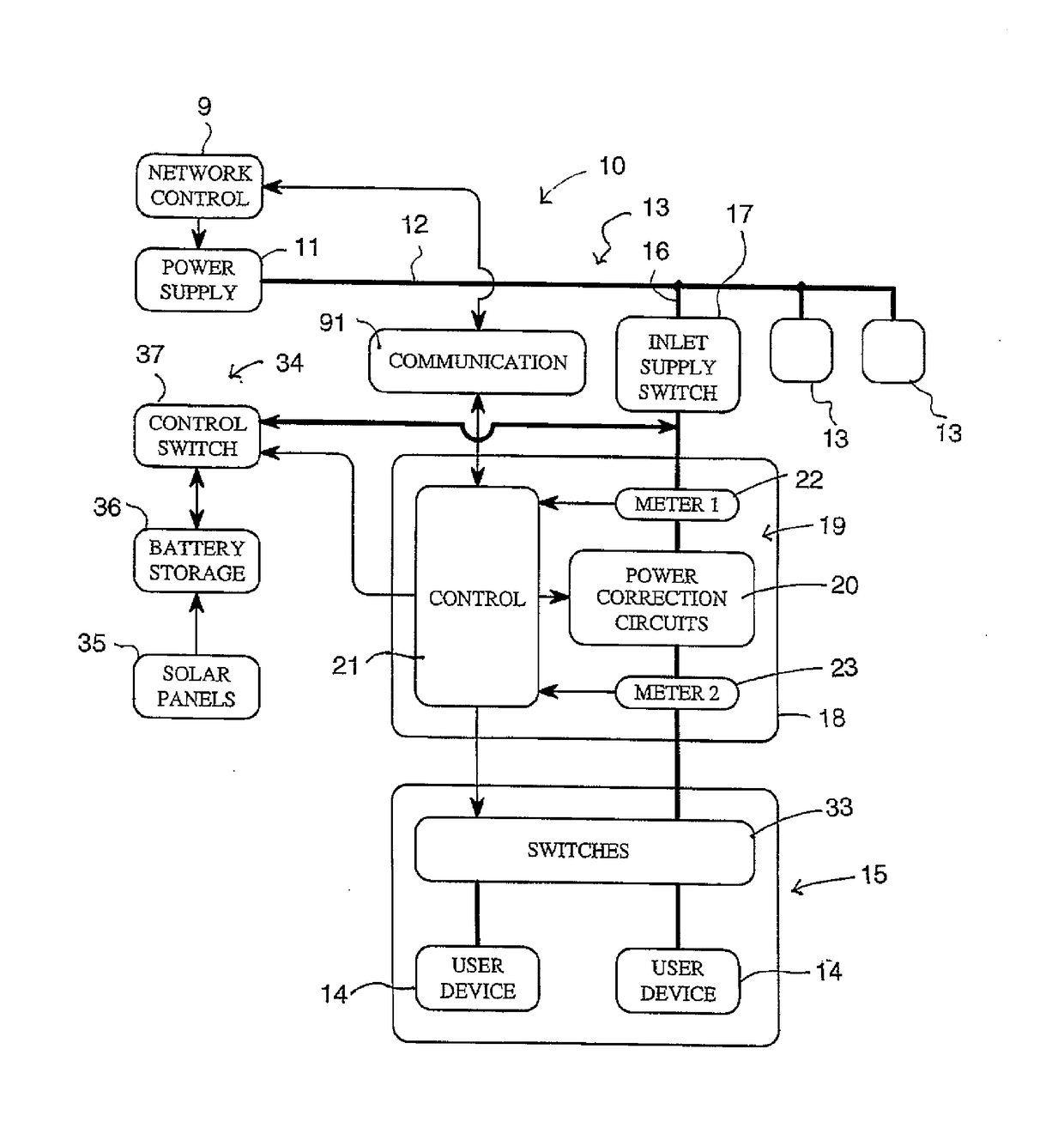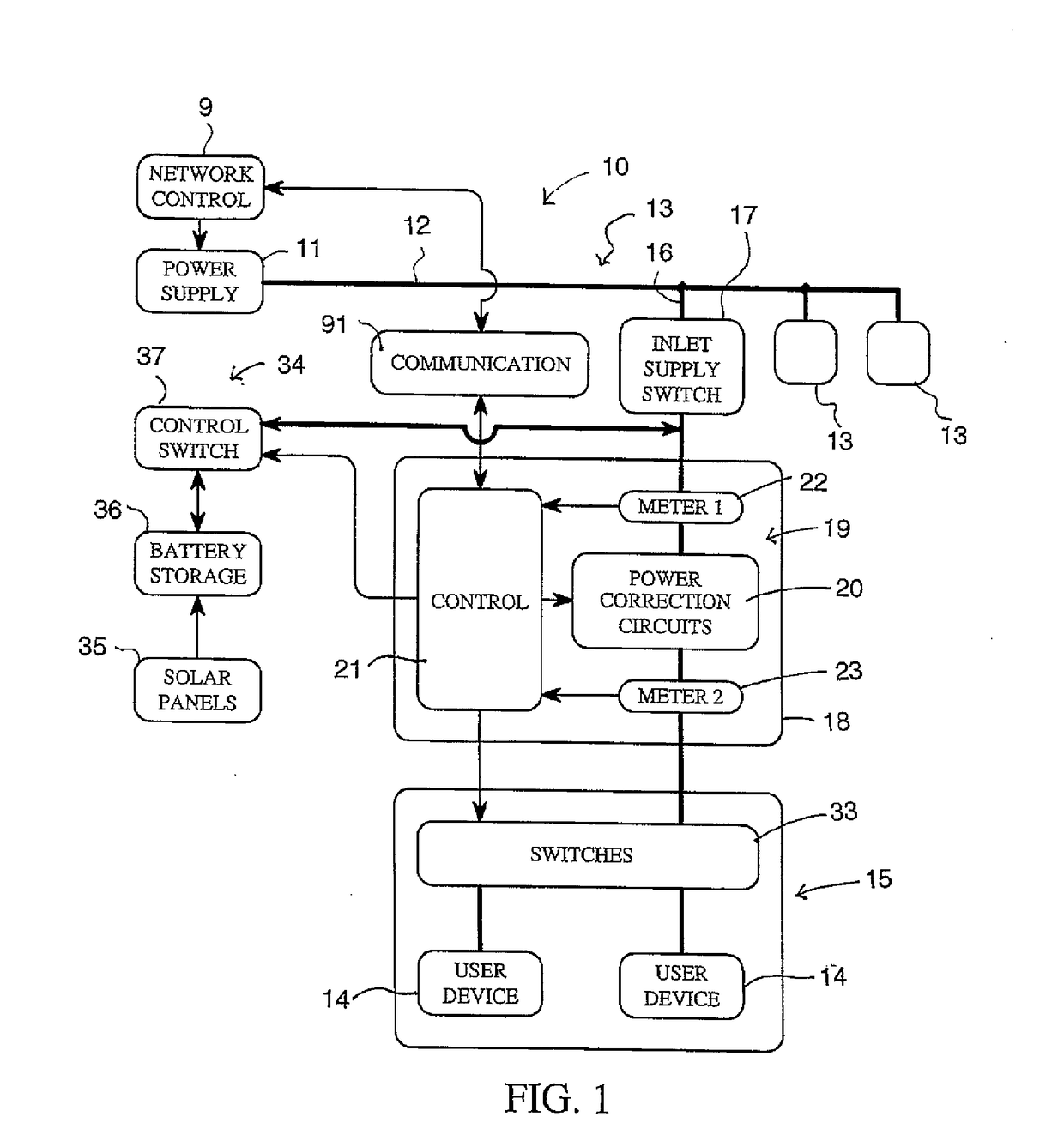Multi-Conduit Coiled Tubing Assembly Including Pivotal Clamping Members
a technology of pivotal clamping and coiled tubing, which is applied in the direction of drilling pipes, parallel operation of dc sources, mechanical equipment, etc., can solve the problems of difficult handling, high manufacturing cost of concentric coils, and several inherent limitations of items in some applications, and achieves better flex and prolongs the life of clamps.
- Summary
- Abstract
- Description
- Claims
- Application Information
AI Technical Summary
Benefits of technology
Problems solved by technology
Method used
Image
Examples
Embodiment Construction
[0037]Referring to the accompanying figures there is illustrated a multi-conduit coiled tubing assembly generally indicated by reference numeral 10. The multi-conduit coiled tubing assembly 10 comprises a plurality of independent, continuous coiled tubing members 12 which are joined together in substantially parallel and fixed relation relative to one another. Typically the coiled tubing members are all metal tubing members which are spoolable and arranged for use in various hydrocarbon wellbore operations.
[0038]In the illustrated embodiments, the assembly comprises two tubing members; however, more tubing members may be joined together to form the tubing assembly in further embodiments. Although various embodiments are described and illustrated herein, the common features between the various embodiments will first be described.
[0039]In each instance, each coiled tubing member 12 defines its own respective conduit extending in a longitudinal direction therethrough for conveying well...
PUM
 Login to View More
Login to View More Abstract
Description
Claims
Application Information
 Login to View More
Login to View More - R&D
- Intellectual Property
- Life Sciences
- Materials
- Tech Scout
- Unparalleled Data Quality
- Higher Quality Content
- 60% Fewer Hallucinations
Browse by: Latest US Patents, China's latest patents, Technical Efficacy Thesaurus, Application Domain, Technology Topic, Popular Technical Reports.
© 2025 PatSnap. All rights reserved.Legal|Privacy policy|Modern Slavery Act Transparency Statement|Sitemap|About US| Contact US: help@patsnap.com



